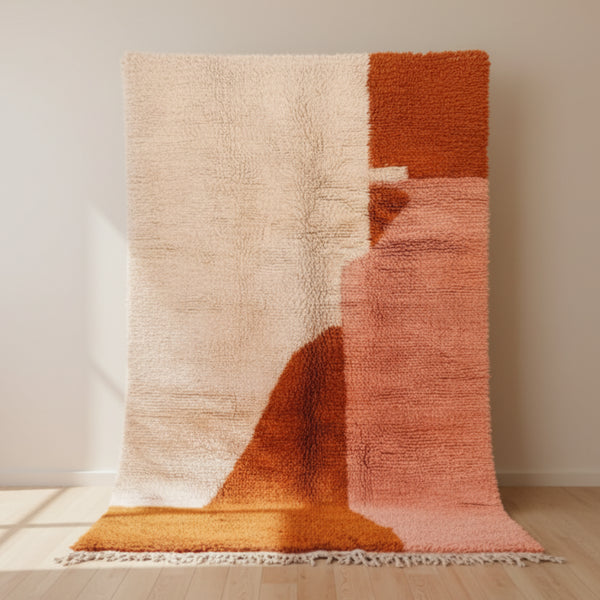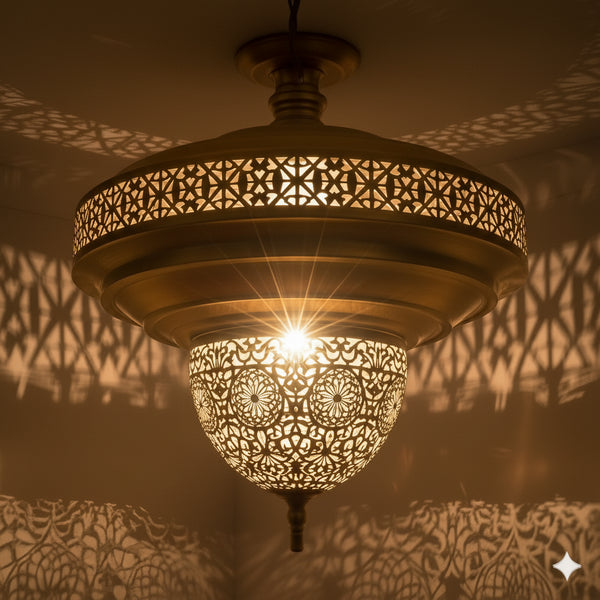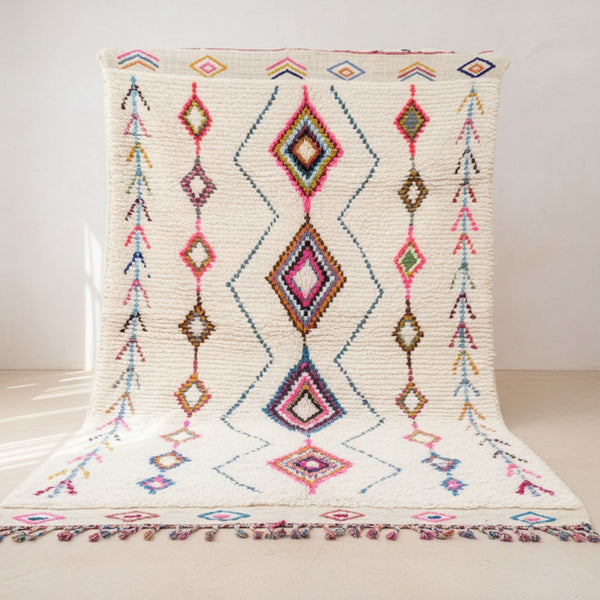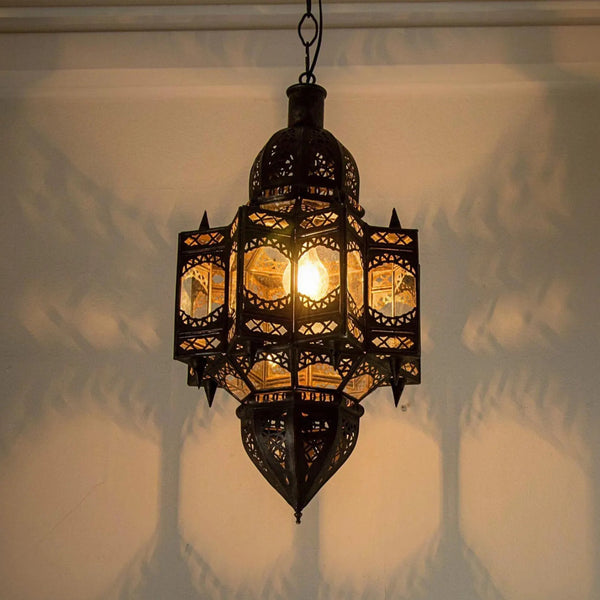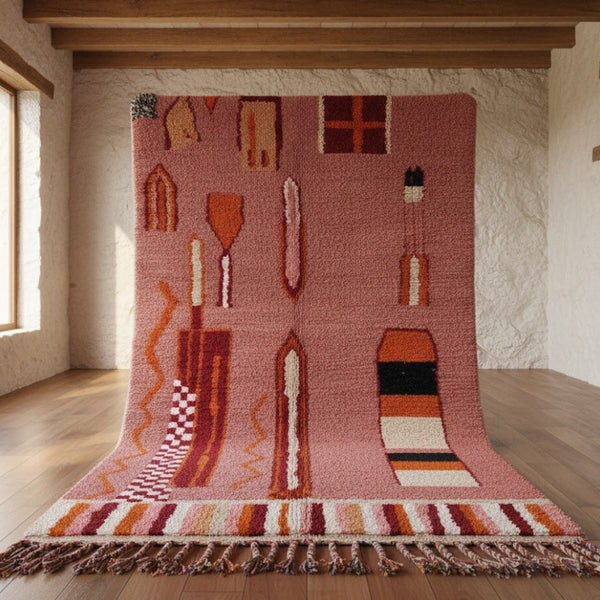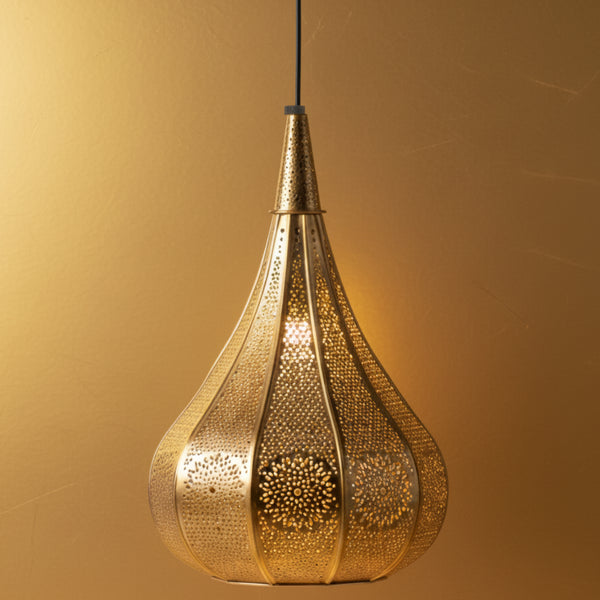How to Style a Vintage Kilim Rug in Modern Spaces
Posted by AADIL KHAN
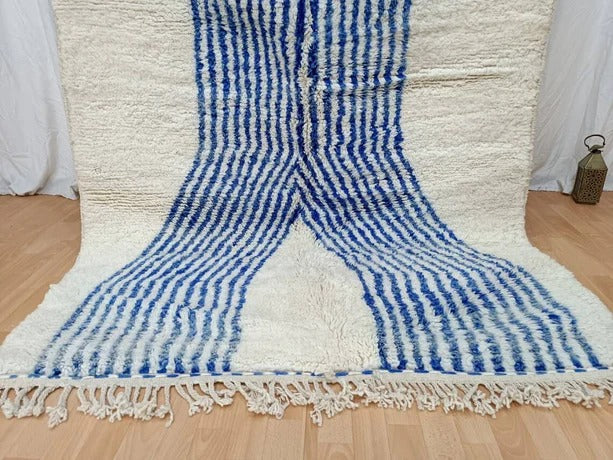
Introduction: Vintage Meets Modern
There’s a reason vintage kilim rugs are staging a comeback. In a world of sterile, mass-produced interiors, people are craving warmth, history, and individuality. Enter the kilim: flat-woven, richly patterned, and storied in every thread. These rugs, born from centuries-old traditions, are now transforming minimalist lofts and sleek apartments into soulful, inviting spaces.
1. What Makes Vintage Kilim Rugs So Timeless?
Vintage kilim rugs are more than just floor coverings—they're woven history. Made using a flat-weave technique that dates back thousands of years, kilims are known for their geometric patterns, earthy tones, and cultural symbolism. Originating in regions like Turkey, Iran, and the Caucasus, each design tells a story unique to its weaver's community.
Their lack of pile makes them lightweight and easy to style, while their bold motifs add structure to any modern room. Authentic kilims often show subtle imperfections—a sign of true craftsmanship, not a flaw.
Tips to identify a real vintage kilim:
-
Look for uneven weaving or slight asymmetry.
-
Natural dyes tend to fade gracefully over time.
-
A handwoven kilim will often have fringe that’s integral, not sewn on.
2. Use Handcrafted Rugs to Ground Minimalist Interiors
Minimalist spaces thrive on simplicity, but they can quickly veer into sterile if not balanced with warmth and character. Handcrafted rugs, like kilims, are ideal for softening that hard-edged aesthetic. Their tactile appeal and subtle irregularities breathe life into modern rooms.
Imagine a low-profile leather sofa on a neutral kilim. Or a sculptural coffee table grounded by a muted tribal pattern. The rug doesn’t overpower—it enriches.
Style it like this:
-
Place a kilim under a glass coffee table to highlight the design.
-
Hang a kilim on a wall behind a minimalist bed frame.
-
Offset white walls with a soft, faded kilim runner in a hallway.
3. Bohemian Rugs vs. Kilim Rugs: Layering for Depth
While both kilim and Bohemian rugs lean into the artistic and global, they offer different textures and vibes. Kilims are flat and graphic, while Bohemian rugs often feature plush piles, tassels, and vibrant color mixes.
Layering the two creates a rich, eclectic look. Place a small kilim at an angle over a large, fluffy Boho rug. Or lay a kilim near the entry while keeping a plush boho style area rug in the adjacent living space.
Layering tip: Combine textures, not just colors. Contrast a low-pile kilim with a shaggy Moroccan or Indian Boho piece.
4. Pop a Kilim in with Moroccan Area Rugs for Global Fusion
Global fusion in interior design means mixing traditional decor from different cultures—and few combinations are as naturally harmonious as kilims and Moroccan area rugs. The former offers sharp lines and color blocking; the latter, lush textures and abstract motifs.
Use kilims in narrow spaces (hallways, kitchens) and reserve Moroccan rugs for wide-open areas like living rooms. This gives your home a sense of continuity without looking repetitive.
Try this pairing:
-
Entryway: narrow kilim rug
-
Living room: large Moroccan rug with Berber symbols
5. Warm Up Cool Floors with Wool Rugs and Kilim Accents
If your home has concrete, tile, or hardwood floors, kilim rugs can add warmth—but pairing them with wool rugs takes it further. Wool rugs insulate and provide cushion, while kilims layer in color and pattern.
Lay a soft wool rug in a main seating area and flank it with kilim runners or small mats in transitional zones. The contrast in texture helps define each space while making the entire home feel cohesive.
Bonus: Wool rugs are naturally moisture-wicking and durable, ideal for busy households.
6. Go Luxe: Pair with a Handmade Moroccan Wool Rug
Handmade Moroccan wool rugs—think Beni Ourain or Azilal—are deeply textural and luxurious. When paired with a vintage kilim, the juxtaposition is visually stunning. Picture a plush Moroccan rug in the main seating area and a kilim runner guiding you toward it.
These combinations work especially well in open-concept homes where you want to visually separate areas without using walls.
Style scenario:
-
Lounge zone: Handmade Moroccan wool rug
-
Reading corner: Vintage kilim under a low chair and ottoman
Both pieces speak to heritage, but in different dialects.
7. Highlight Corners with a Boho Style Area Rug and Kilim Touches
Boho style thrives on layers, storytelling, and texture. Use a kilim to add contrast and cultural intrigue to a corner already anchored by a Boho style area rug. These are perfect for meditation corners, reading nooks, or window seats.
You can also introduce kilim elements through pillows, ottomans, or wall hangings. This adds a thread of continuity without redundancy.
Ideas for cozy corners:
-
Boho rug + kilim pouf + rattan chair
-
Kilim rug + floor cushions + hanging plants
-
Vintage kilim on the wall above a low bed
Conclusion: Style with Purpose and Story
Vintage kilim rugs bring more than pattern and color—they bring history, authenticity, and a global sense of style. They’re versatile enough to shine in modern, minimalist homes yet detailed enough to stand out in eclectic spaces.
By pairing kilims with handcrafted, Bohemian, Moroccan, and wool rugs, you create a layered home that feels curated and lived-in, not showroom-staged. Choose a corner, pick a rug, and start styling with intention. Radiance is just a rug away.
